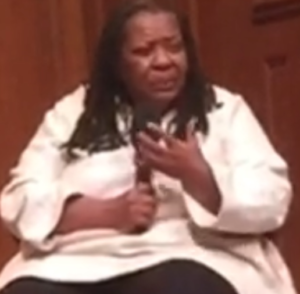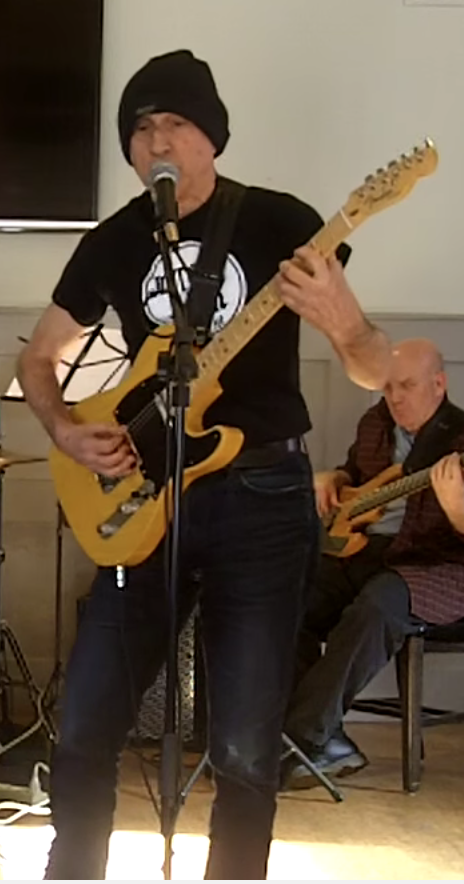Archive | Essays
The Church of Ruby Sales’ Radical Love
 Today I had the great honor of witnessing legendary freedom fighter Ruby Sales talk with Middle Collegiate Church Reverend Dr. Jacqui Lewis in a Q&A entitled “Redeem the Soul of America.” On the docket: Martin Luther King Jr., the SNCC, #blacklivesmatter, the spiritual void of racist capitalism, the colonization of African-American music, and the history of patriarchal white supremacy in the GOP. Miss Ruby took us on such a profound 90-minute journey that it’s impossible to enumerate all her points—she’s against social media-sized reductions, anyway (read books! she said)— but one statement rings in my ears. “I’m not about breaking glass ceilings. I’m about building a new roof.” Listen to this clip of her revolutionary love here.
Today I had the great honor of witnessing legendary freedom fighter Ruby Sales talk with Middle Collegiate Church Reverend Dr. Jacqui Lewis in a Q&A entitled “Redeem the Soul of America.” On the docket: Martin Luther King Jr., the SNCC, #blacklivesmatter, the spiritual void of racist capitalism, the colonization of African-American music, and the history of patriarchal white supremacy in the GOP. Miss Ruby took us on such a profound 90-minute journey that it’s impossible to enumerate all her points—she’s against social media-sized reductions, anyway (read books! she said)— but one statement rings in my ears. “I’m not about breaking glass ceilings. I’m about building a new roof.” Listen to this clip of her revolutionary love here.
Why ‘The Exorcist’ Haunts Us Still
 I first saw “The Exorcist” when I was 13 and home alone. This, of course, was a mistake. By the time Mike Oldfield’s iconic “Tubular Bells” ran over the credits, I knew I’d never sleep that night, or possibly ever again. But it was not just the circumstances in which I viewed this film that made it so terrifying. Forty-five years after its release, the adaptation of William Peter Blatty’s 1971 eponymous novel is still the most horrific of all horror movies, complete with a tween whose head spins backward.
I first saw “The Exorcist” when I was 13 and home alone. This, of course, was a mistake. By the time Mike Oldfield’s iconic “Tubular Bells” ran over the credits, I knew I’d never sleep that night, or possibly ever again. But it was not just the circumstances in which I viewed this film that made it so terrifying. Forty-five years after its release, the adaptation of William Peter Blatty’s 1971 eponymous novel is still the most horrific of all horror movies, complete with a tween whose head spins backward.
It’s a dark miracle that it was even made. At the time of publication, the book seemed unlikely to ever achieve a mass audience, let alone be adapted into the ninth highest grossing film of all time (when adjusted for inflation). Until then, Blatty, who also authored the screenplay, was best known as the comedy screenwriter who’d given us the Inspector Clouseau mystery “A Shot in the Dark.” A devout Catholic, he’d fictionalized a Jesuit priest’s account of a 1949 exorcism, but even his fancy Hollywood credentials couldn’t save it from being sent back to the publisher in droves. Only when a mysterious set of flukes landed him on the Dick Cavett Show for a full 45 minutes did the “The Exorcist” catapult to the New York Times best-seller list. It remained there for 57 weeks. Continue Reading →


